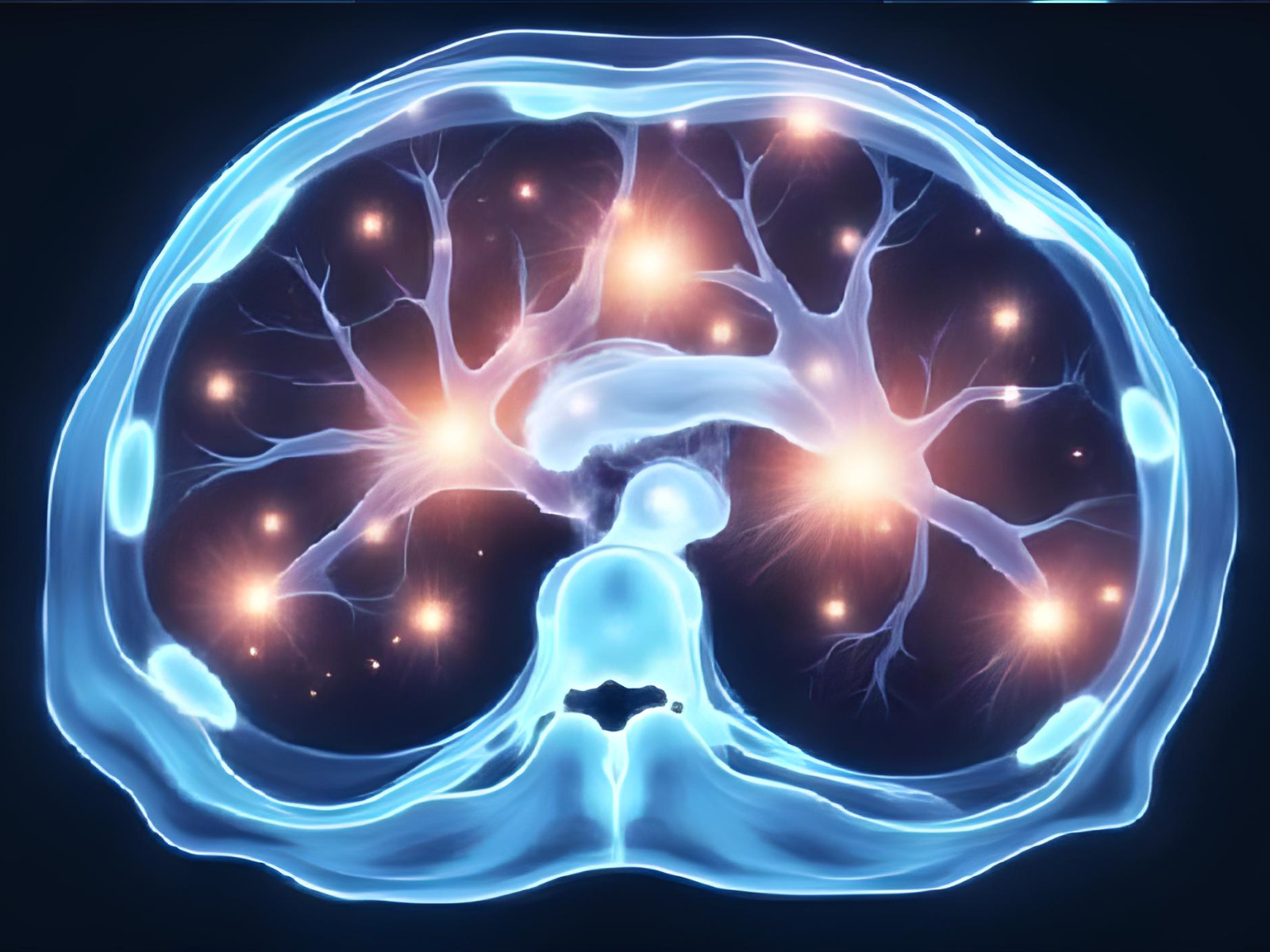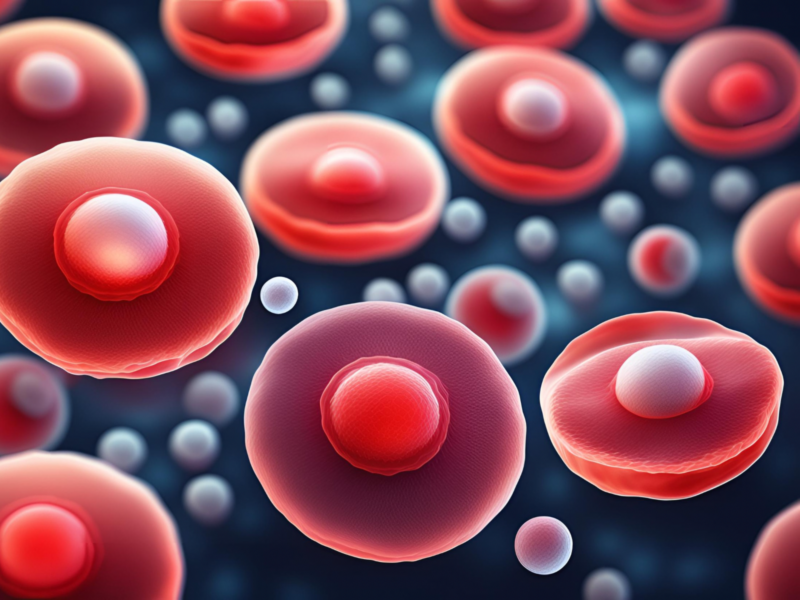NVIDIA MAISI: Generate Synthetic CT Images with AI
NVIDIA MAISI1https://docs.nvidia.com/nim/medical/maisi/latest/overview.html can generate synthetic 3D CT images up to 512×512×768 voxels that are indistinguishable from real scans. Here’s how this breakthrough technology works and why it matters for medical AI.
The Problem: Medical AI Needs More Data
Medical imaging AI faces three critical challenges that limit its development and deployment. Data scarcity affects rare conditions where collecting enough training examples is nearly impossible. A machine learning model trying to detect a rare tumor type might have access to only dozens of cases, while robust AI typically requires thousands or tens of thousands of examples.
High annotation costs create another barrier. Medical images require expert radiologists to manually outline anatomical structures and identify pathologies. This process can take hours per scan and costs hundreds of dollars per annotated image. For large-scale AI development, these costs quickly become prohibitive.
Privacy concerns further complicate data sharing. Patient data cannot be freely shared between institutions due to HIPAA and other privacy regulations. Even anonymized medical images can potentially be re-identified, making researchers hesitant to share their datasets.
NVIDIA MAISI (Medical AI for Synthetic Imaging) offers a solution: generate synthetic medical images that look completely real but represent no actual patients.
How NVIDIA MAISI Works?
MAISI combines three sophisticated AI networks2https://arxiv.org/abs/2409.11169v1 to create synthetic CT images that are virtually indistinguishable from real scans.
Volume Compression Network
The first component compresses 3D medical images into a more manageable “latent space” – think of it as creating a highly compressed version that captures all the essential medical information. This network was trained on over 39,000 CT volumes and 18,000 MRI volumes, giving it a comprehensive understanding of medical imaging characteristics.
To handle the massive memory requirements of high-resolution 3D images, NVIDIA developed Tensor Splitting Parallelism (TSP). This technique allows the system to process CT volumes larger than 512³ voxels – a first in medical image synthesis. Previous methods were limited to much smaller image sizes or had to use workarounds that created artifacts.
Latent Diffusion Model
The second network operates in the compressed space to generate new medical images. It learned from 10,277 diverse CT volumes covering different body regions and disease conditions. This diffusion model can create images with flexible dimensions and spacing, conditioned on specific body regions (head-neck, chest, abdomen, lower body) and voxel spacing requirements.
The training data’s diversity is crucial – it includes chest scans, abdominal images, brain CTs, and various pathological conditions. This broad exposure allows MAISI to generate anatomically accurate images across different clinical scenarios.
ControlNet for Precise Control
The third component, ControlNet, provides fine-grained control over image generation. Researchers can input segmentation masks showing exactly where they want specific organs or tumors to appear, and MAISI will generate CT images matching those specifications.
This controllability is revolutionary for data augmentation. Instead of hoping random generation produces useful training examples, researchers can specify exactly what types of cases they need – rare tumor locations, specific anatomical variations, or unusual disease presentations.
Clinical Applications and Benefits
Data Augmentation for Rare Diseases
MAISI’s most immediate impact is in training AI models for rare conditions. In testing across five tumor types (liver, lung, pancreas, colon, and bone lesions), adding MAISI-generated synthetic data improved segmentation accuracy by 4-6.5% on average.
These improvements are particularly pronounced for out-of-distribution testing – when models trained on one dataset are tested on completely different data. Synthetic data augmentation showed even greater relative improvements in these challenging scenarios, suggesting better generalization.
Privacy-Preserving Research
Synthetic images generated by MAISI represent no real patients, eliminating privacy concerns. Researchers can share synthetic datasets freely, enabling collaboration that would be impossible with real patient data. This could accelerate medical AI development by making high-quality training data more accessible to institutions worldwide.
Standardized Training Datasets
MAISI can generate consistent, standardized datasets for benchmarking AI models. Instead of comparing algorithms trained on different patient populations with varying imaging protocols, researchers can use identical synthetic datasets to ensure fair comparisons.
Technical Performance and Validation
MAISI’s image quality was validated using Fréchet Inception Distance (FID), a standard metric for evaluating synthetic image quality. MAISI significantly outperformed previous methods like HA-GAN across multiple datasets, generating images that more closely resembled real medical data.
Visual inspection by medical professionals confirmed that MAISI-generated images show realistic anatomical structures, appropriate tissue contrasts, and believable pathological variations. The 127 anatomical structures that MAISI can annotate cover virtually all clinically relevant organs and tissues.
Quality control measures ensure generated images meet medical standards. MAISI checks that Hounsfield Unit (HU) intensity values for major organs fall within normal ranges established from training data, preventing generation of medically implausible images.
Current Limitations and Future Directions
While groundbreaking, MAISI has important limitations. The model hasn’t been extensively validated for demographic diversity – ensuring that synthetic images adequately represent different ages, ethnicities, and genders across all anatomical regions remains an open research question.
Computational requirements are substantial. Generating high-resolution 3D images demands significant GPU resources, potentially limiting access for smaller research institutions. However, NVIDIA’s NIM (NVIDIA Inference Microservices) deployment framework aims to make MAISI more accessible through cloud-based inference.
The model is currently focused on CT imaging. While the foundational architecture could potentially extend to MRI and other modalities, specific training and validation would be required for each imaging type.
Try NVIDIA MAISI Yourself
NVIDIA has made MAISI accessible through their AI playground at build.nvidia.com/nvidia/maisi. Researchers can experiment with generating synthetic CT images by specifying body regions, image dimensions, and anatomical annotations.
The online interface allows users to input segmentation masks and receive corresponding synthetic CT images, making it easy to explore MAISI’s capabilities without local infrastructure requirements.
Conclusion
NVIDIA MAISI represents a significant advancement in medical AI, addressing fundamental challenges in data availability, privacy, and annotation costs. By generating high-quality synthetic CT images that are indistinguishable from real scans, MAISI enables new possibilities for medical AI development.
The technology’s ability to create controllable, annotated synthetic data could democratize access to high-quality training datasets, potentially accelerating breakthroughs in medical imaging AI. As the technology matures and becomes more accessible, it may fundamentally change how medical AI systems are developed and validated.
For radiologists and medical AI researchers, MAISI offers a glimpse into a future where data scarcity no longer limits innovation in medical imaging analysis.
References
- 1https://docs.nvidia.com/nim/medical/maisi/latest/overview.html
- 2https://arxiv.org/abs/2409.11169v1






